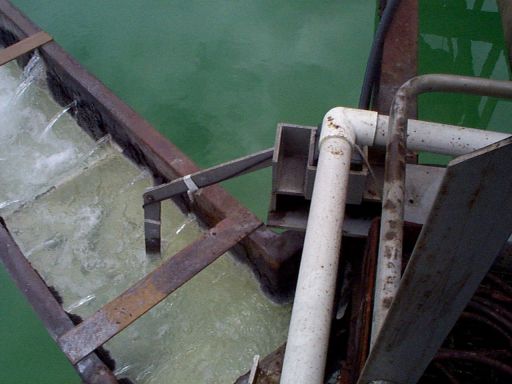You are here : Control System Design - Index | Simulations | pH Simulation
pH Control - Index
System Description
pH control is a common issue in many industrial processes. The basic idea to control the pH variations in some liquid flow, usually making the pH as close to 7 as possible. This influent liquid flows into a tank, where it is mixed with an amount of a concentrated reagent to alter its pH. If the effluent is acidic with a pH of 4, the reagent would be basic with a pH larger than 10. The reagent is more concentrated than the effluent, since it is desirable to as little volume to the effluent as possible.
The pH is controlled in a tank - the effluent flows into the top of the tank, and the reagent is also added to the top of the tank. The tank is well-stirred so that the pH is uniform throughout the tank. The effluent is pumped out the bottom of the tank, as shown in the figure below.

Note that pH is a very difficult control problem due to the non-linearities. This example simplifies the problem somewhat to highlight some points about control system design in general.
Overview of the Example
It is recommended that you follow the example in order, but you may skip ahead if you wish:
Photos of the System
Below is a photo of an industrial pH neutralization system.

Previous |
Up - Simulations |
Next - Part 1 |